No sooner had we gotten used to the increased IPT rate of 9.5%, up from the 6% introduced in 2011, do we find that it’s going up again, albeit by less than the 3% predicted.
Why does IPT exist?
Insurance Premium Tax was introduced in 1994 at a rate of 2.5%. Insurance is exempt from VAT – the most common form of tax. The new rate of 10% will be introduced on the 1st October 2016, and by February 2017 it will be applied to all qualifying policies, regardless of when the contract was arranged.
Our IPT rate is much lower than the 19% in other European countries, however we still have the fourth most costly car insurance premiums in the world after the US, Austria and Germany.
What impact will it have?
IPT will be applied to general insurance policies including buildings and contents, pets, car insurance, and private medical insurance. It’s anticipated that the increase of 0.5% will equate roughly to an extra £2 on motor insurance and £1 on building and contents. This is less of a hike than that of last November, which estimates that on average £13 would be added onto car insurance and £10 onto home cover.
Travel insurance remains unaffected, as a new higher level of IPT was first introduced at 17.7%. This has since increased to 20%.
Because the tax is a percentage of the premium, location and circumstances of the policyholder could have a significant impact on how much they would have to pay in IPT.
Why is it being increased?
The extra funds generated by the increase are to be ring-fenced for flood defences and resilience strategies. Last year’s increase was anticipated to generate an extra £1.5 billion, while the extra 0.5% due in October should further boost this figure by £700 million.
If you would like to know more about how IPT might affect you specifically, please call us on 0161 438 0000 or email [email protected].




